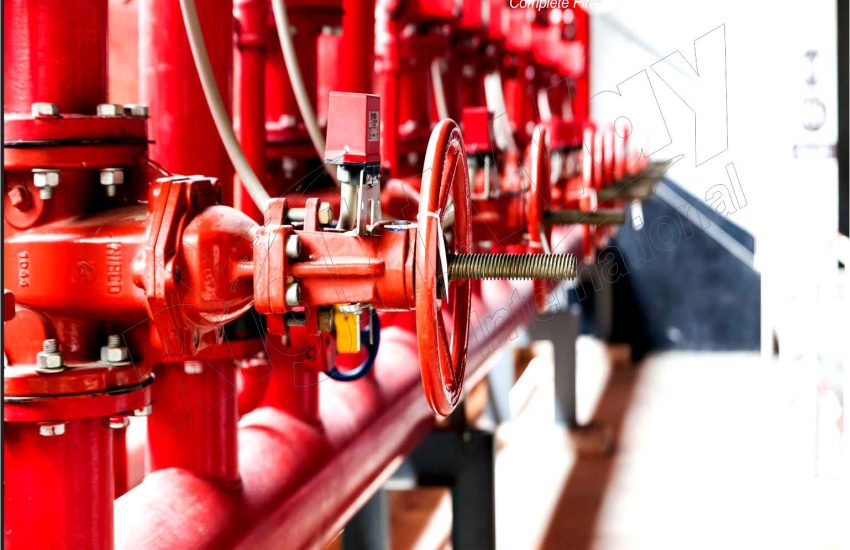Wet Pipe System installation A wet pipe system is a type of fire sprinkler system that contains water in the pipes at all times. These systems are designed to automatically activate when a fire is detected, providing immediate water discharge to suppress flames. Wet pipe systems are widely used in commercial and residential buildings due to their reliability and effectiveness.
Key Features of Wet Pipe Systems
- Constant Water Supply: Wet pipe systems maintain a full water supply in the pipes, ensuring immediate response in the event of a fire.
- Simple Design: The straightforward design of wet pipe systems allows for easier installation and maintenance compared to other fire protection systems.
- Quick Activation: When heat from a fire activates the sprinkler heads, water is released directly from the pipes, providing prompt suppression.
Advantages of Wet Pipe Systems
Wet pipe systems offer several benefits, including:
- Reliability: With water always present, these systems are less likely to fail during an emergency.
- Low Maintenance: The simple design requires less frequent inspections and maintenance compared to dry pipe systems.
- Cost-Effectiveness: Wet pipe systems are typically less expensive to install and operate, making them an attractive option for many property owners.
Applications of Wet Pipe Systems
Wet pipe systems are suitable for a variety of applications, such as:
- Commercial Buildings: Offices, retail spaces, and warehouses often utilize wet pipe systems for their reliability.
- Residential Properties: Homes and apartments can benefit from the immediate response of wet pipe sprinkler systems.
- Industrial Facilities: Manufacturing plants and storage facilities often employ wet pipe systems to protect valuable assets.
Installation Considerations
When installing a wet pipe system, consider the following factors:
- Building Code Compliance: Ensure that the system meets local building and fire codes.
- Water Supply Availability: Verify that there is a sufficient and reliable water supply for the system.
- Sprinkler Head Placement: Proper placement of sprinkler heads is essential for effective fire suppression.
Maintenance and Inspection
Regular maintenance is crucial to ensure the optimal performance of wet pipe systems. Key maintenance tasks include:
- Routine Inspections: Conduct regular checks of the system to identify any potential issues.
- Testing: Periodic testing of the sprinkler heads and water flow ensures the system operates correctly.
- Repairs: Promptly address any leaks, corrosion, or other damage to maintain system integrity.
Challenges of Wet Pipe Systems
While wet pipe systems are effective, they do face some challenges:
- Freezing Risks: In colder climates, the water in the pipes can freeze, potentially leading to system failure. Insulation and heating may be necessary in these situations.
- Water Damage: In the event of an accidental discharge or leak, wet pipe systems can cause water damage to property.
Conclusion
Wet Pipe System installation Wet pipe systems are a reliable and efficient choice for fire protection in various settings. Their constant water supply, simple design, and cost-effectiveness make them a popular option among property owners and managers. By understanding their features, advantages, and maintenance requirements, you can ensure the safety and security of your property against fire hazards.


